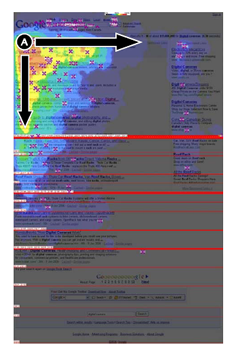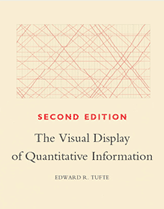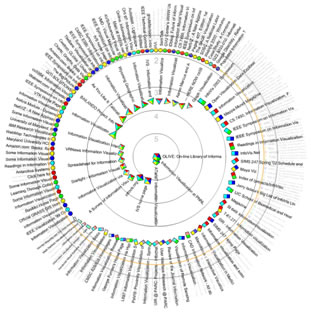 |
 |
|
Users + modes of information seeking Design Challenges for libraries |
The display of search results is equally as important as the appearance of the search box. In he It is also important to keep Nielsen's fourth heuristic in mind: consistency and standards. Once you have selected a method of displaying results, you must use that method consistently so your users will know how to interpret thee results. The traditional method of displaying search results is a page-long list of results with text explanations or samples of the pages from which the results come. This method was developed in the days command line interfaces and text only computers. With the graphical displays we now have at our disposal, it is strange that the design of search results has stagnated while operating systems have docks, widgets, and other GUI features.
Over the last few years, there have been some experiments on the web with alternate methods of displaying results. One such display is that of LivePlasma, a discovery engine, which displays search results for music in a map, using size, colour, proximity, and lines to show the relationships between the results. Rankspiral displays information from meta-search engines. Different colours representing the search engine from which the information was retrieved and proximity to the centre equals relevance. This method of displaying results has the advantage o |
|||
|
||||
| |
||||
|
Search Interface: In Your Face |


